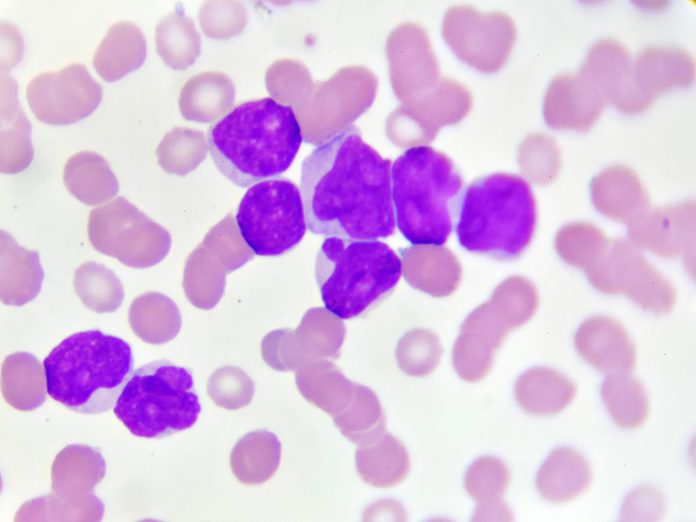
A new combination of drugs that is effective against T-Acute lymphoblastic leukemia (ALL) in children has been identified by researchers from Tampere University’s Faculty of Medicine and Health Technology in Finland, the Massachusetts General Research Institute, and the Harvard Stem Cell Institute. Using a new drug screening method, they found that dasatanib plus temsirolimus seemed particularly effective in models.
Their study appeared last week in Blood.
“The development of precision treatments is slow and requires accurate knowledge of the molecular mechanisms that cause and maintain disease. Here we utilized a specific dependency of T-ALL cells on certain signaling routes that the combination of dasatinib and temsirolimus shuts off,” says Olli Lohi, MD, PhD, from Tampere University and Tays Hospital’s Cancer Centre, and one of the study’s authors.
ALL is the most common cancer affecting children. The T-ALL form of leukemia that emerges from early T lineage cells has a poorer prognosis than B-lineage ALL. The prognosis for relapsed T-ALL is very poor and new therapies are sorely needed. Researchers have recently used phosphoproteomics, CAR-T cell studies, and sequencing to try and better understand this condition.
This group’s findings are based on a previous discovery made by the Tampere University research group. They determined that the general tyrosine kinase inhibitor dasatinib was effective in approximately one third of the tested patient samples.
In the treatment of leukemia, the efficacy of a single drug is usually lost quickly, so in this new study the team searched for drug combinations that would have an enhanced synergistic effect with dasatinib. They found this effect with temsirolimus, a drug that inhibits AKT/mTORC1, a parallel signaling pathway. The combination of the two drugs was more effective in eradicating leukemia cells in zebrafish and human disease than using a single drug.
“During this study, we developed a new drug screening method for the rapid assessment of drug responses in zebrafish leukemia samples. In this screen, an effective drug combination was found, which was later confirmed by several cell line models, patient samples and human leukemias grown in mice,” says Saara Laukkanen, PhD, the first author of the study.
The process involved an ex vivo high-throughput screening platform to identify drug combinations that kill zebrafish T-ALL, and then validation of top drug combinations for preclinical efficacy in human disease.
“This has been a long project, taking 4–5 years, and as a result, we now understand the mechanism of action of these drugs at molecular level in T-ALL,” Laukkanen adds.
During the project, she spent six months as Visiting Researcher in the Department of Pathology at Massachusetts General Hospital in Boston with Professor David Langenau’s research group. Alexandra Veloso, PhD, a research fellow in the Langenau team was co-lead author on the work.
“This is a promising new treatment option for T-acute leukemia. The next step is to take the discovery into clinical practice for patients with relapsed or refractory disease via early phase clinical trials,” says Lohi.
In addition to researchers at Tampere University and Harvard Stem Cell Institute, researchers from the Universities of North Carolina, Eastern Finland and Helsinki also participated in the study.













